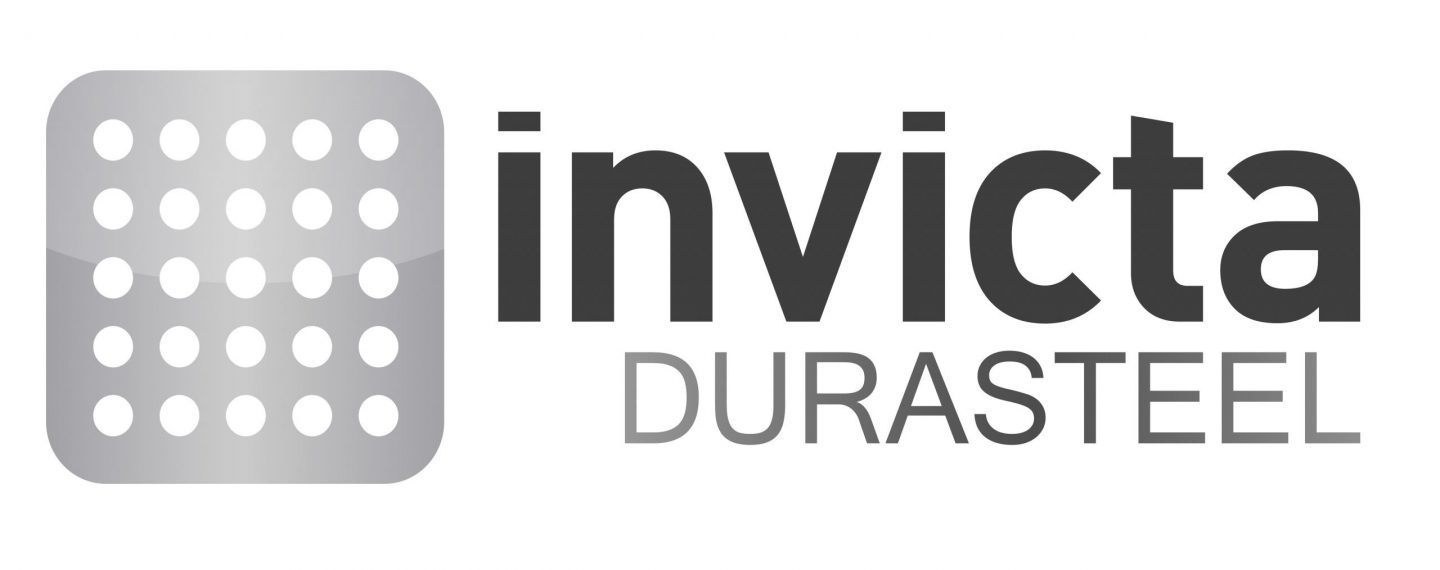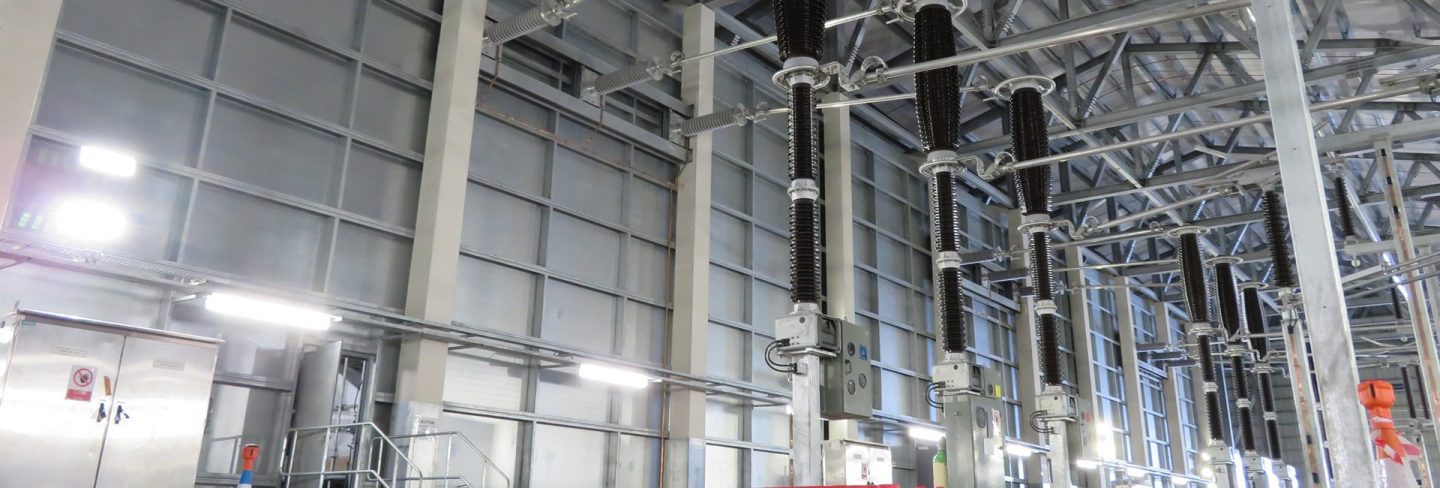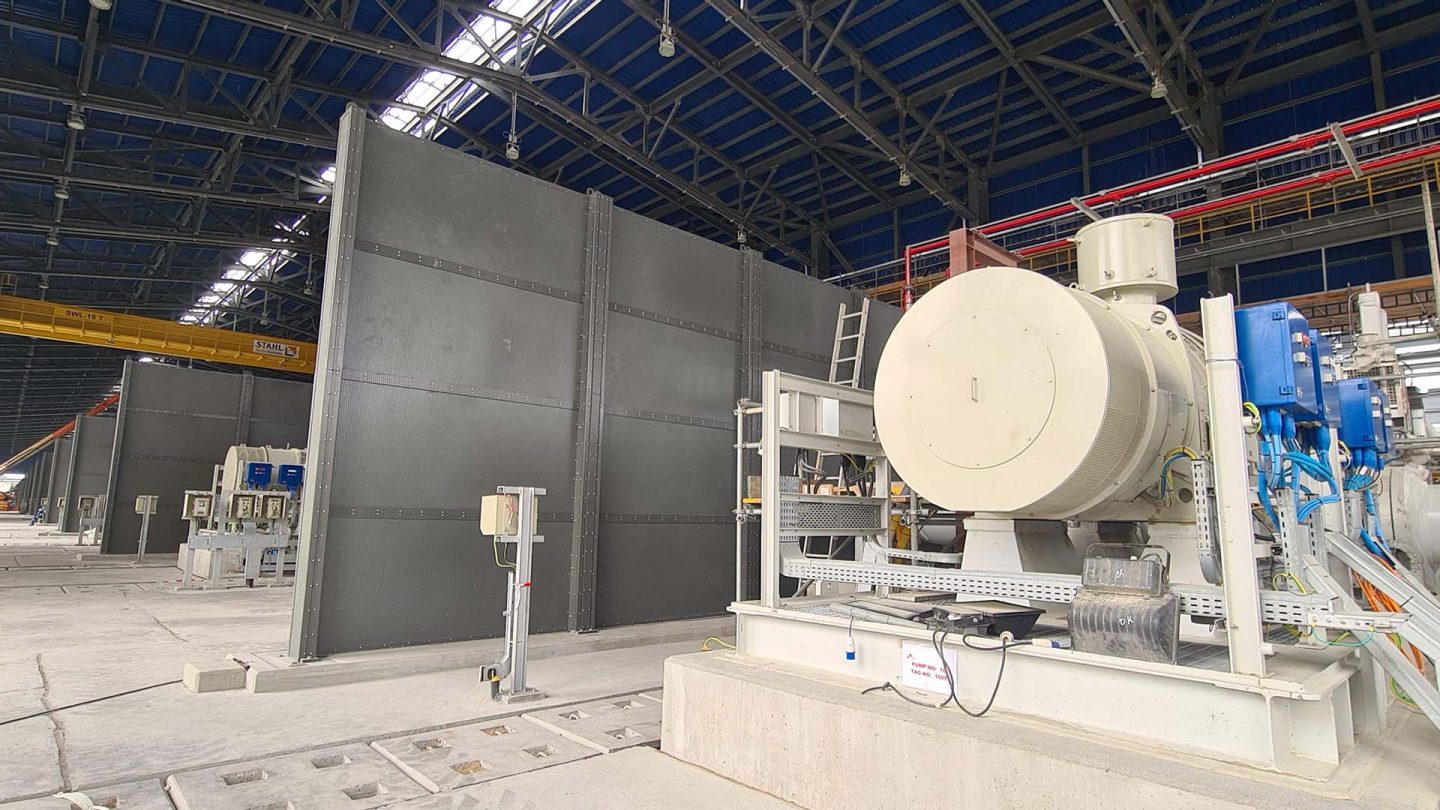For your information
You are being redirected to one of our divisional subsites which contains more detailed information on the required division. To navigate back to the main Invicta Group site, please click the link found in the footer at the bottom of the page.
- Durasteel
Discover the benefits of Durasteel
- Systems
Systems
- Expertise
Expertise
-
Applications
- Aircraft Hangar Fire Protection
- Battery Storage Facilities
- Building Fire Compartmentation
- Anti-Terrorist Blast Protection
- Cable Tunnel Fire Compartmentation
- Equipment Delivery Hatches
- Equipment Enclosures
- Heat Shields
- Power Station Fire Protection
- Metro and Rail Fire Protection
- High Voltage Cable Protection
- Substation Fire & Blast Protection
- Tunnel Fire Protection
- Oil & Gas Fire & Blast Protection
- Ventilation Systems
- Wind Farm Fire Protection
-
Applications
- Projects
- Insights
Insights
-
Articles
- Blast Protection System Design Considerations & Design Criteria
- How to Conduct a Fire Risk Assessment for Factories and Warehouses
- Minimising the Risk of Fire, Blasts & Explosions in the Middle East
- Integrity, Stability and Insulation in Passive Fire Protection
- Triangle of Fire & Active vs Passive Fire Protection
- Frequently Asked Questions
- A to Z of Terms
-
Articles
- Contact
Contact

UK +44 1843 220 256

US +1 305 328 9444

UAE +971 4 277 6225

Qatar +974 4441 4340

India +91 79945 14049

Malaysia +60 16 286 6225
- Start your project
How the Golden Thread is Improving Construction Fire Safety
12th July 2022
Threading the needle
Quick Quote
Contact Fraser Shearer Sarun Vysakham Ben Tan Anand Raghavan Anand Raghavan Our USA Office
To get a quotation or arrange a free site survey - Call Fraser Shearer Sarun Vysakham Ben Tan Anand Raghavan Anand Raghavan Our USA Office on
-
 UK
UK
-
 UAE
UAE
-
 Malaysia
Malaysia
-
 India
India
-
 Qatar
Qatar
-
 USA
USA
Current location:
Quick Quote
Contact Fraser Shearer Sarun Vysakham Ben Tan Anand Raghavan Anand Raghavan Our USA Office
-
 UK
UK
-
 UAE
UAE
-
 Malaysia
Malaysia
-
 India
India
-
 Qatar
Qatar
-
 USA
USA
Current location:
The Grenfell Tower fire was one of the most harrowing events in recent British history, and sent a shockwave through the construction industry. The realisation that hundreds of buildings around the country used a form of cladding that was not just extremely flammable, but illegal under existing laws highlighted serious issues in how such projects were designed and realised.
The subsequent trial and report into the disaster came with numerous recommendations to avoid a similar tragedy, enshrined in the Building Safety Act. One of the most prominent changes, the implementation of a ‘Golden Thread’ for construction, will become a requirement within the next year or so – and should dramatically change how buildings are constructed.
What is the Golden Thread?
The Golden Thread is a management concept that has been adapted to the construction industry. A key resolution from Dame Hackitt’s Independent Review of Building Regulations and Fire Safety, the Golden Thread describes a framework for organising building information.
The idea is that all information relating to a building should be concentrated into a single, transparent source – a ‘Golden Thread’ that runs through the entire process of constructing, managing and maintaining a structure. This Golden Thread must take the form of a digital repository, as physical documents are inherently difficult to access, amend or comment on.
Every individual who works on the building at any stage will contribute information to this data source, from the planning stage through to construction, and then to maintenance. This will create a Golden Thread of information that can be traced back to its point of origin, recording every action that has been taken to ensure the safety of the building.
The need for a Golden Thread in construction was highlighted as part of the response to the Grenfell disaster. The implementation of a Golden Thread in construction is a mandatory aspect of new building safety regulations – putting the onus on construction firms, building managers and other responsible parties to implement software that ensures compliance.
The Golden Thread refers not just to the collation of all building information into one source, but the management of this information. The building information should be overseen and carefully managed, such that the information remains accurate, up-to-date, easily understandable, and immediately accessible to all relevant individuals.
What are the benefits of the Golden Thread?
The need for the Golden Thread arose following the fallout from the Grenfell Tower fire. During the trial and subsequent report, it emerged that a number of communication breakdowns and misleading statements led to the use of cladding on the tower which did not meet legal requirements. The cladding used did not fulfil the fire resistance requirements for use on tower blocks, and concerns around it were either dismissed, ignored or lost in email chains.
The patchwork nature of both the tower construction (involving numerous contractors, subcontractors, suppliers and associations), as well as the communications around the cladding and its suitability, all demonstrated a serious flaw in how materials are sourced, and how buildings are constructed and managed. The idea was to avoid these issues by ensuring that information previously recorded in a piecemeal manner by multiple individuals or businesses was instead available as a single, mutual resource, accessible to all parties.
Deploying a Golden Thread for construction stops information from being lost at any stage, impairing the ability of different parties to effectively assess aspects of building safety. The implementation of things like passive fire protection (e.g. fire doors or barriers) can easily be checked against the plans for the building, and commented upon. If there is an issue, it is made apparent to everyone, and steps can be taken to resolve it.
The chief benefit of a Golden Thread is the transparency and accuracy of data. With all information about a building available and traceable to individual decision-makers, it becomes far easier to identify problems, issue queries, and track the implementation of plans and goals. Through this, it becomes easier not only to ensure that safety featiave been properly implemented, but to maintain them and other aspects of a building in future.
How to implement the Golden Thread in construction
Though the Building Safety Act is yet to pass into law, the draft law and the recommendations which preceded it provide a good example of what will be required to comply with it in future. The foundational element is a software environment which acts as a central repository for all data about a building, including maps, notes, annotations, inspections, and all relevant communications.
The software should primarily allow users to view the original plans for a building, and track any deviations from these plans. The information contained in the Golden Thread should also have three ‘gateways’, checkpoints at which the building designer, lead contractor and building manager sign off on any changes made to the plan, and take responsibility for them. It should also collate all changes and decisions around the planning and construction of the building, large and small, so that individuals can be held legally responsible.
This requirement for multiple different kinds of data to be collated, stored and tracked in a user-friendly manner obviously necessitates new software, or significant adaptations to existing software. To this end, a number of companies have already started work on or released software which should meet the requirements of the Golden Thread for construction.
One example is PlanRadar. Already a popular tool for construction management, document management, and BIM plans and models, PlanRadar has been adapted and developed to be Golden Thread compliant. The cloud app allows users to view all versions of a building plan, and track all changes made to that plan by individual users. It also allows users to log all interactions, including maintenance, repairs and daily progress reports by contractors, and assign them to a specific location on a BIM model or map. All relevant conversations and disputes are also conducted through the app, allowing for complete accountability, and reducing the chance of problems going unseen or unaddressed.
Other software seeks to integrate with existing apps used on worksites, eliminating the issue of onboarding a new app. Qflow’s ‘smart capture’ feature automatically grabs data including Material Delivery Notes and Waste Transfer Notes, and tracks compliance and certification for material deliveries. This not only helps to reduce supply chain waste, but helps to better track the materials being delivered and used – a key aspect of construction transparency.
Final thoughts
Bringing the UK construction industry into line with the Golden Thread requirements is a daunting task on paper. But the fundamental idea behind the Golden Thread is not just to improve transparency and accountability, but to make the process of legal compliance easier. For most parties, this will mean a simpler, less confusing and less opaque construction process – and as such, some substantial cost savings.
Beyond this, the Golden Thread promises to dramatically improve building safety. While existing safety regulations have largely done a good job in minimising the impact of fire or other disasters, Grenfell uncovered a fatal loophole. The new regulations should not only patch a gap in legislation, but make it easier for firms to ensure that new projects are safe – make it easy to identify anyone who doesn’t.
Accreditations & Affiliations











SpecUp - System Specification Wizard
Answer the 5 short questions below to receive your recommended Durasteel system specifications. Hover over the ? icons for a brief explanation.
Question 1/5
Type of system required?
Question 2/5
Fire rating required?
Question 3/5
Fire integrity-only or integrity and insulation?
Question 4/5
Fire attack risk from one side or both sides of the system?
Question 5/5
Blast rating required in addition to fire rating?
Creating your results page
Thanks for completing the SpecUp, you’ll be redirected to your results shortly.
Click here if you aren't redirected after a few secondsStart your project
Tell us about your project. Please complete this form. One of our sales team will come back to you with more details. If you prefer, you can drop us an email.




Share/Like this page